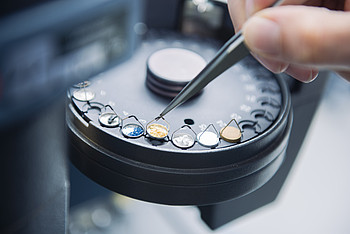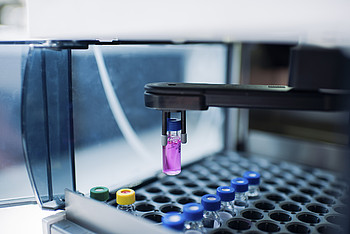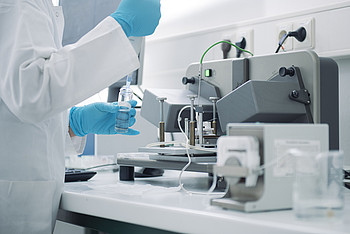Contact: Prof. A. Lederer
High and ambient temperature size exclusion chromatography (SEC) is performed for determination of molar mass distributions in organic and aqueous media.
Light scattering and viscosity detection, in batch or on-line for absolute enable the determination of:
- molar masses,
- dimensions,
- conformations,
- and thermodynamic parameters of macromolecules, nanoparticles and conjugates.
Asymmetrical flow field flow fractionation (AF4) and thermal field flow fractionation (thFFF) is applied for the separation and characterization of polymers and macromolecules in the range of 101 – 106 kg/mol.
Classical, head-space and pyrolysis gas chromatography (GC) coupled with mass spectrometry is applied for qualitative determination of volatile compounds.








